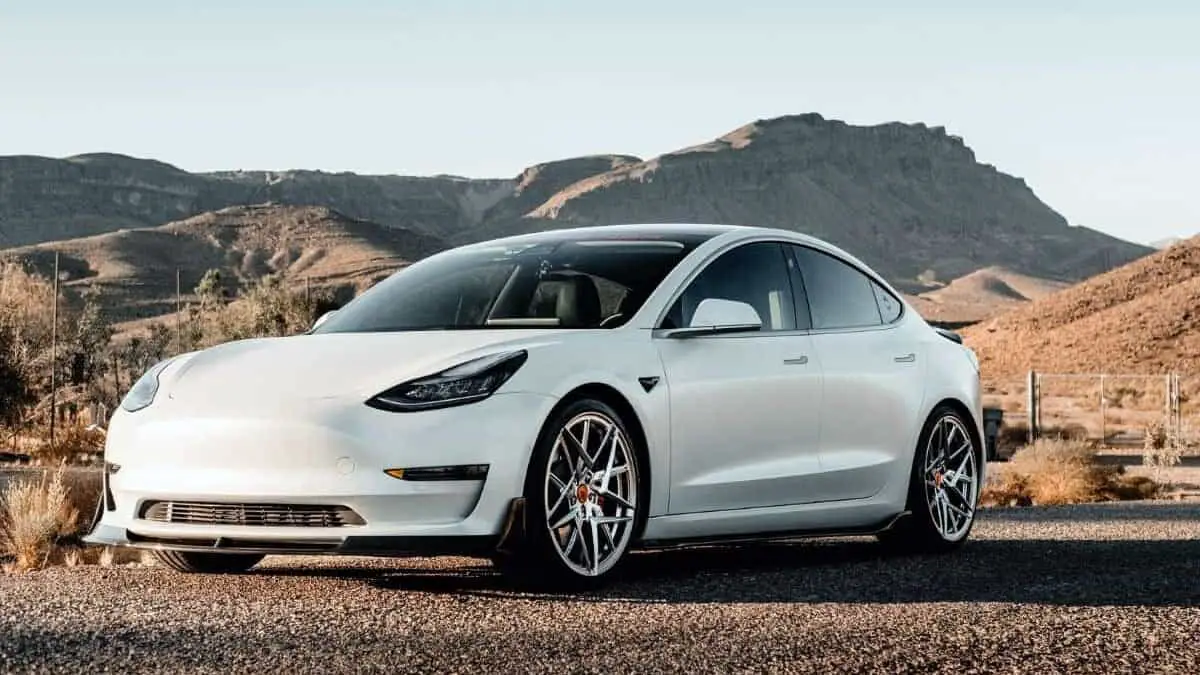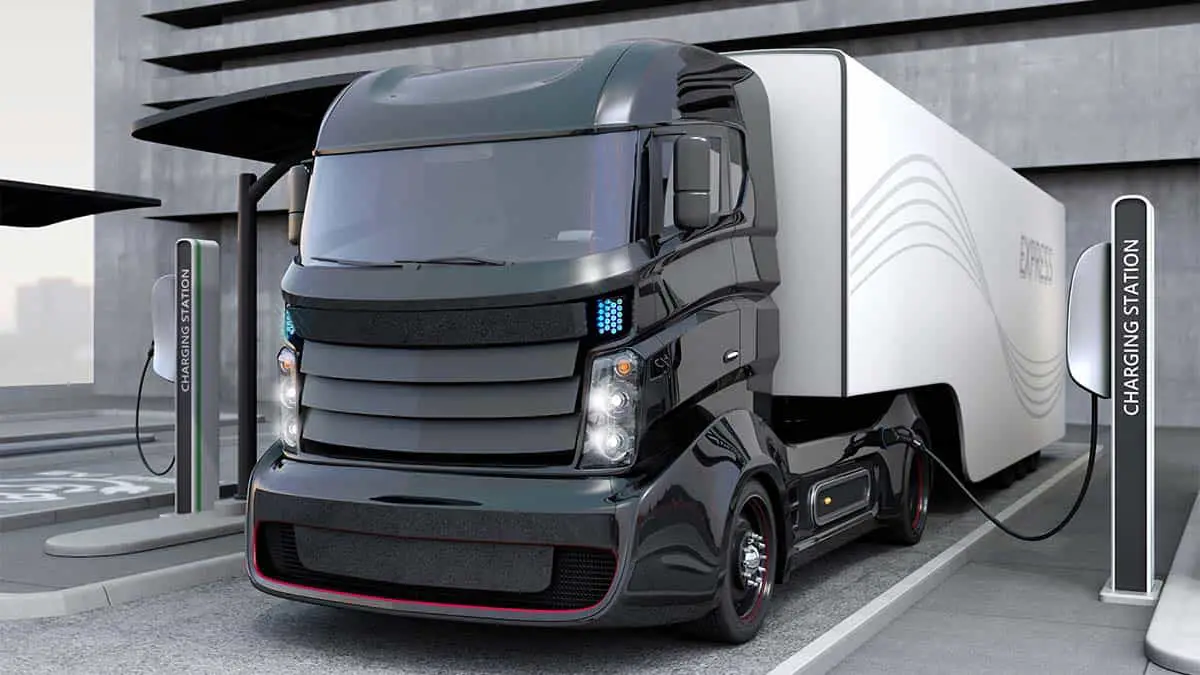Various types of zero-emission vehicles exist, each utilizing different power sources to achieve a cleaner and more sustainable mode of transportation.
Electric vehicles are powered by rechargeable batteries, while hydrogen fuel cell vehicles generate electricity through a chemical reaction between hydrogen and oxygen.

Example of Zero-Emission Vehicle Models
Zero-Emission Vehicles By Well Known Automakers
A variety of well-established automakers have been working on the development of zero-emission vehicles, which are crucial for the ongoing global transition towards more sustainable transportation. With growing concerns about environmental impacts and the need to reduce greenhouse gas emissions, regions such as China, California, and Europe have been pushing for greater adoption of these vehicles.
Some prominent examples of zero-emission vehicles created by iconic automakers include:
- Ford: The Ford Mustang Mach-E is a fully electric SUV offering a range of over 300 miles per charge.
- Honda: The Honda Clarity Fuel Cell is a hydrogen fuel cell vehicle emitting only water from the exhaust.
- General Motors: The Chevrolet Bolt EV is an all-electric vehicle capable of driving up to 259 miles between charges.
- Volkswagen: The VW ID.4 is a compact all-electric SUV, part of the automaker’s ongoing efforts to develop electric vehicles.
- Tesla: The Tesla Model 3 is a fully electric sedan from Tesla’s lineup, offering up to 358 miles of range. It ranks highly in the luxury electric vehicle category.
Role of Major Automobile Companies
Major automobile companies have recognized their responsibility in reducing their carbon footprint and are increasingly investing in the research, development, and mass production of zero-emission vehicles.
Committing to this transition not only contributes to global sustainability targets but also prepares these companies to adapt to changing market demands as more countries continue to set stricter emission standards and policies.
For instance, General Motors has announced plans to stop producing gasoline and diesel vehicles by 2035, with a goal to become entirely carbon neutral by 2040. Similarly, Ford has unveiled its roadmap for making its entire passenger vehicle range in Europe 100% electric by 2030.
The active participation of these automobile giants in this transition sends a clear message to the industry and regulatory bodies that zero-emission transportation is the future, and continued investment and innovation in this area are critical to achieving global climate goals.

Zero-Emission Vehicles in The Commercial Sector
The commercial sector has been witnessing a rapid shift towards zero-emission vehicles, particularly in heavy-duty vehicles like trucks and buses. These vehicles are typically powered by battery electric or fuel cell electric systems, offering both economic and environmental benefits.
Which companies produce zero-emission trucks and buses?
Several companies worldwide are engaged in producing zero-emission commercial vehicles, leveraging advanced technologies to cater to the rising demand for cleaner transportation solutions.
-
Tesla is a prominent player in the market with their all-electric Semi truck, designed for long-haul freight transportation. The Tesla Semi boasts impressive performance and features, such as rapid acceleration, extended range, and advanced autopilot systems.
-
Nikola Motors focuses on fuel cell electric trucks, which offer longer range and faster refueling compared to battery electric trucks. Their hydrogen fuel cell-powered Nikola One and Nikola Two trucks have the potential to revolutionize the heavy-duty trucking industry.
-
Proterra excels in providing battery electric buses to public transportation agencies across the United States. Their buses come with multiple battery and charging configurations, allowing transit agencies to adopt best-suited solutions for local needs.
-
BYD, a Chinese company, specializes in producing electric buses and commercial vehicles. Their range of products includes transit buses, shuttle buses, and delivery trucks, all powered by innovative, efficient battery technologies.
-
Daimler Trucks unveiled their plans for battery electric and fuel cell electric commercial vehicles, with series production of their eCascadia and eM2 trucks. The company’s managing director expects these vehicles to play an essential role in reducing greenhouse gas emissions from commercial fleets.
As stricter regulations and sustainability initiatives continue to be adopted worldwide in the heavy-duty transport sector, more companies are expected to invest in zero-emission commercial vehicles.
Frequently Asked Questions
What are common types of zero-emission vehicles?
There are three main types of zero-emission vehicles (ZEVs) on the market today: battery electric vehicles (BEVs), plug-in hybrid electric vehicles (PHEVs), and fuel cell electric vehicles (FCEVs). BEVs are powered solely by electric batteries, while PHEVs combine a battery with a traditional combustion engine. FCEVs generate electricity using hydrogen fuel cells and emit only water vapor as a byproduct.
How do electric cars contribute to zero emissions?
Electric vehicles (EVs) contribute to zero emissions by producing lower or no tailpipe emissions compared to conventional gasoline-powered vehicles. When running on electricity, EVs produce zero exhaust emissions, significantly reducing air pollution and greenhouse gas emissions. However, the overall environmental impact of EVs also depends on the source of the electricity used to charge their batteries, making it important to transition to renewable energy sources for a more sustainable future. Read more from GSA
What incentives are available for purchasing zero-emission vehicles?
Various incentives are available to encourage the adoption of zero-emission vehicles. These include tax credits, rebates, grants, and other financial incentives provided by federal, state, and local governments. Additionally, nonfinancial incentives like high-occupancy vehicle lane access or preferential parking can provide added benefits for ZEV owners. It is important to research specific incentives available in your area to make the most of these opportunities.
What is the environmental impact of switching to zero-emission vehicles?
Switching to zero-emission vehicles can significantly reduce greenhouse gas emissions, as they produce no tailpipe emissions, and improve air quality by eliminating pollutants from vehicle exhaust. This benefits both public health and the environment, helping to alleviate issues like smog and climate change. The environmental impact does depend on the source of electricity used to power EVs, so it’s important to support a broader transition to renewable energy sources to maximize the benefits of ZEV adoption. Find out more from ICCT
What is the typical price range for zero-emission vehicles?
The price range for zero-emission vehicles varies depending on factors like make, model, and available subsidies or incentives. Generally, EVs are initially more expensive than their conventional counterparts, but this difference is decreasing as technology improves and economies of scale come into play. It is important to consider the total cost of ownership when evaluating the price of a ZEV, as they typically offer lower fuel and maintenance costs, leading to potential long-term savings.
- Tesla Charger Installation Cost (Home Setups) - March 1, 2024
- Tesla Phone Key Disconnected (Troubleshooting Guide and Quick Fixes) - March 1, 2024
- Tesla FSD 12 (Explained) - March 1, 2024